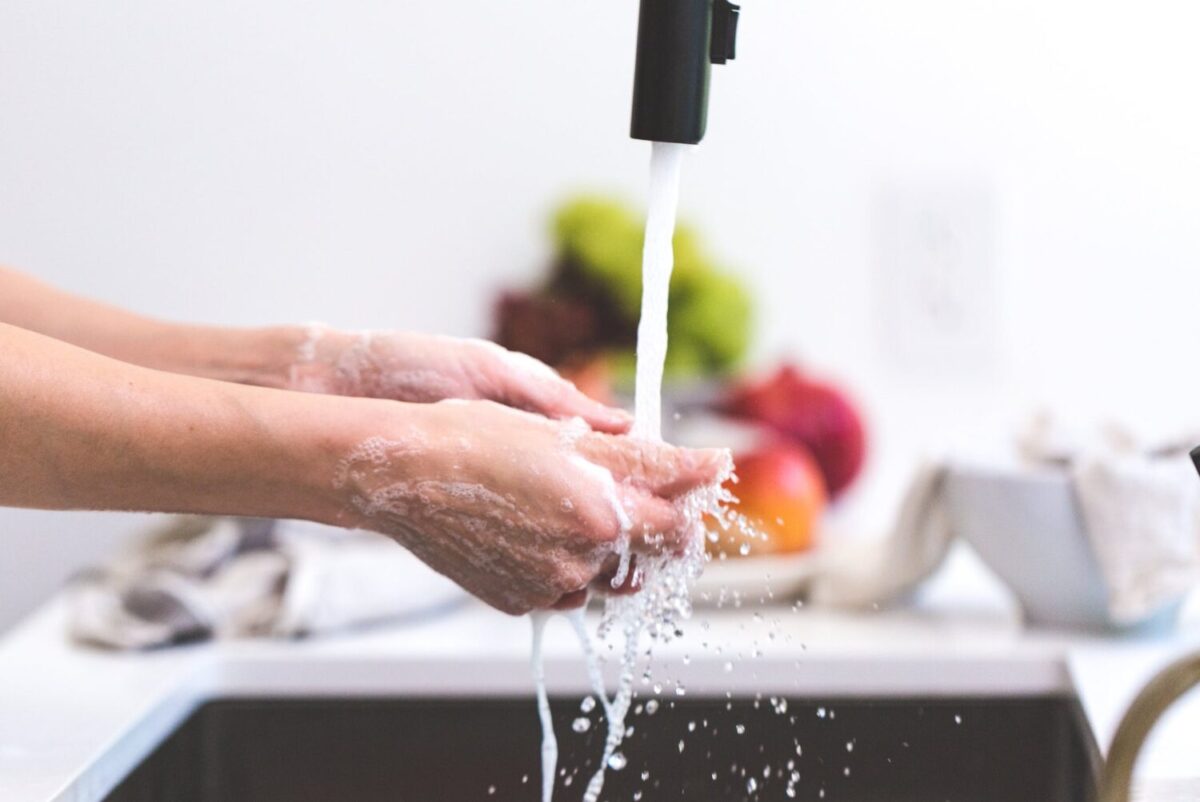
The health of our household is an ever-present concern that shouldn’t be neglected as it can cause a spiral of issues to us and our family members. One of the sneakier compromises that can happen to our health comes from the unchecked water supply. While water is one of the most important aspects of our lives for both washing up and drinking, it can become unusable due to a myriad of factors.
These include droughts, improper chemical treatment of water, faulty pipes, pollution, and others. When drinking diseased water you are risking a plethora of illnesses such as diarrhea, cholera, dysentery, or even some other serious illnesses. While your water may be healthy now it’s always smart to know how to check it when things get fishy.
Types of tests
It is important to know how to discern unhealthy water and which tests to apply. There are plentiful cases where people ignore telltale signs that there are issues with the water supply, resulting in troublesome illnesses. Here are some available tests.

Discerning through appearance
Water should be colorless, any deviation from its usual clear appearance means problems. One of the most apparent types of contamination appears as cloudiness in the glass. The cloudy water doesn’t inherently mean trouble but it could be an indicator of excess chemicals. Usually, you should check whether odd taste stays after the clouding disperses as it could mean a world of difference.
Another, more hazardous, the difference may come in the form of yellow water. At best, it’s residue in your pipes being ejected and it will clear out after keeping the water flowing for a bit. The worst-case scenario is the water being contaminated with chromium-6 which is a carcinogenic chemical. The danger of this contamination is apparent but thankfully so are the signs indicating it. On the less serious but still harmful note, the more orange or brown water could signify excess iron, lead, or manganese. Any of these can become very dangerous if they accumulate in your organism. So can rust, which is another source of yellow-colored water, as it breeds bacteria.
The third type of important deviation, but by no means the last one, is blue or green-tinged water. This is most often associated with our water supply being too high in copper. This is usually caused by corrosion on our pipes or simple pollution of the water supply. Copper poisoning doesn’t immediately happen, as it takes high doses for it to start harming us, but its consequences are devastating as it can cause anemia as well as liver and kidney damage.

Discerning through smell
Along with its colorless nature water is also without any smell. Sometimes it may contain slight hints of smell due to the containers it’s in but any significant aroma means there are issues with our water supply.
The most common smell we may happen upon is the smell of bleach. This is a sign of excess chlorine in water, a chemical commonly used to kill germs and pathogens in water. The chemical in its usual dosage is completely safe but once it goes into excess and doesn’t properly dissolve in water it can create harmful chemicals by combining with other organic compounds. The problems this can cause range from kidney issues to increased cancer risk. It’s safe to say that we shouldn’t risk continued drinking of such water and should report it immediately.
The smell of rotten eggs in our water is pretty straightforward. The key source of it is hydrogen sulfide. This colorless gas turns into sulfate when exposed to a certain bacteria, causing dehydration or diarrhea. While some may consider these side effects light, it’s important to know both can cause serious damage to our internal organs and even cause death. This goes double if our only source of water is the contaminated water we fell ill from as it will refresh the duration of our illness.
Excess barium presents itself as a fishy smell in the water. This chemical can cause increased blood pressure, muscle weakness, as well as internal organ damage. The smell may also signify cadmium which often comes from industrial waste. Consuming such water risks our kidneys, liver, and even bones.

Ordering a lab test
It’s possible to request a water report from your supplier. This means going to the city treatment plant and bringing over your issue with the water to them. Get a sample of water and take it to them. If you are still dubious after their tests then consider taking the sample to a testing lab to confirm the quality of water.
Home testing kits
While the previous way of discerning the quality of water, that being getting water report, is a very good way of garnering information it has a few holes. The first one is that private water supplies, such as wells, are exclusively on you to check. It can also be troublesome to travel to your supplier and wait for a response if the potential issue seems serious. The possibility of your report getting lost in the mail is also not impossible. All of this makes home testing kits very useful. These kits can detect multiple imperfections the water possesses and warn you of them.
Combining them with smell and color tests can help you discern proper issues with your water quickly. This is due to the fact some home testing kits do not cover the detection of certain chemicals so pairing them up with some available knowledge is very useful. We recommend checking out AquaScreen. This water testing kit can detect 8 different contaminants in a few minutes while providing the most sensitive lead test available. The AquaScreen Drinking Water Test Kit is the best, most accurate, most cost-effective option for quickly testing your home drinking water to make sure it is safe.

How often should you test it?
The water should be tested according to your current situation. If you are moving in with a child or are expecting a baby, test for nitrate. This test should be repeated during the first six months of moving them into a household too, just in case the troublesome contamination appears.
If the water has an odd taste, color, or a certain odor it’s wise to properly test it as soon as possible. These issues can come from sulfate, chloride, iron, manganese, just to name a few, and can reappear after being dealt with. Due to this, you should employ repeat tests every 3 years or so.
Even in cases where the aforementioned situations aren’t present in your household, you should constantly check the news to see if troublesome materials got into your water supply. This will keep you ahead of any potential health issues these may cause. Test your water every year to confirm nothing is building up in your pipes.
















